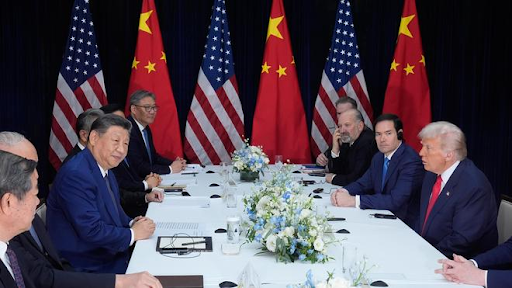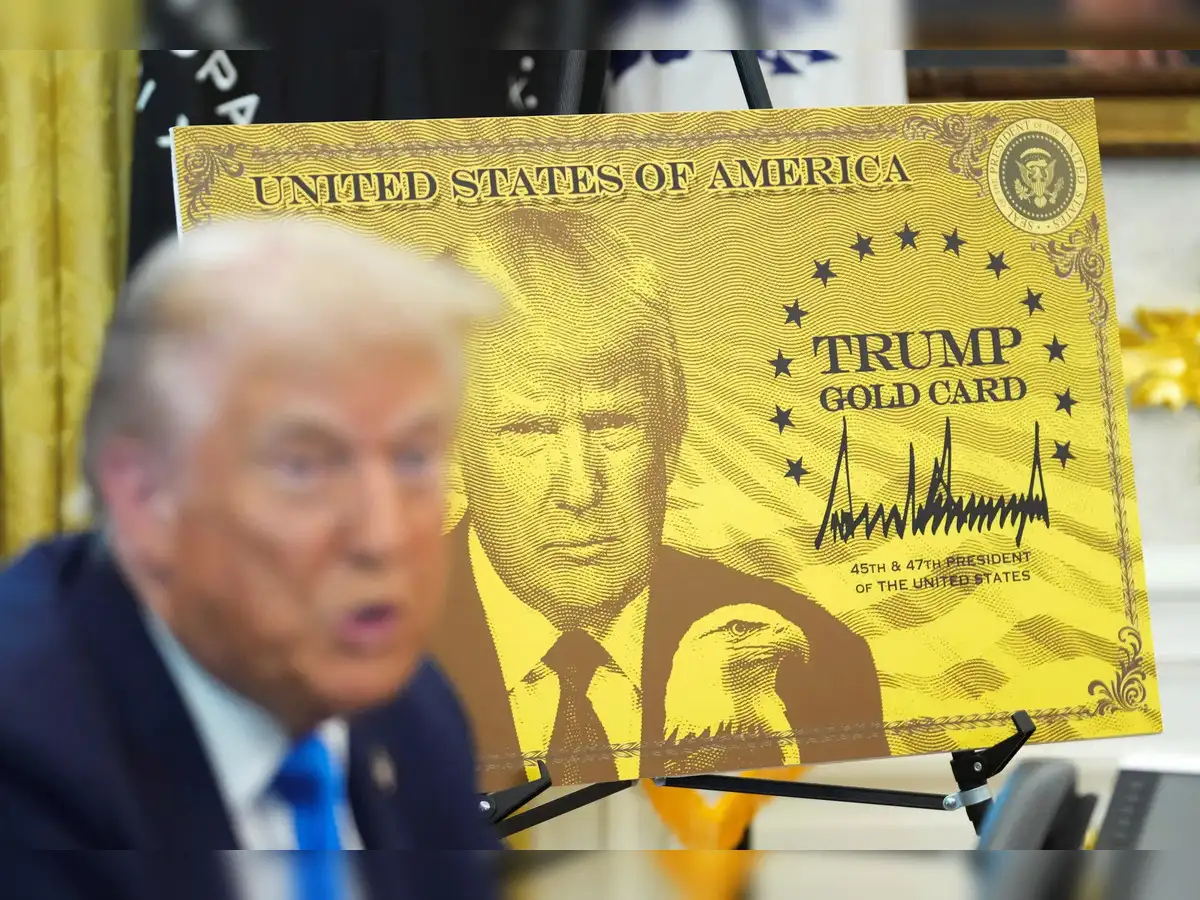




Copyright infringement not intended
Picture Courtesy: THE HINDU
Indian Prime Minister and new German Chancellor discuss global issues and reaffirm unity against terrorism.
Electoral Systems
India uses a first-past-the-post (FPTP) system for its general elections. Voters choose one candidate per constituency, and the candidate with the most votes wins a seat in the Lok Sabha, lower house of parliament.
Germany employs a mixed-member proportional (MMP) system for its federal elections to the Bundestag, the lower house of parliament. Voters cast two votes: one for a direct candidate in their constituency (like India’s FPTP) and another for a party list.
Constitutional Structure
India => Parliamentary democracy with a ceremonial President and powerful Prime Minister. States have powers under a federal structure.
Germany => “Chancellor’s Democracy”: The Chancellor sets policy direction. The President is ceremonial. States hold significant autonomy, and the Bundesrat (upper house) can veto state-related laws.
Must Read Articles:
Comparison of India & US Election
Source:
|
PRACTICE QUESTION Q. How does the Indian diaspora contribute to India’s foreign policy objectives? 150 words |




© 2026 iasgyan. All right reserved